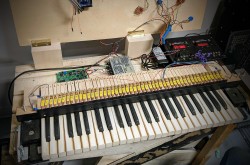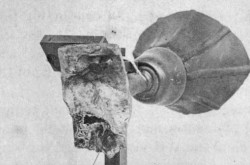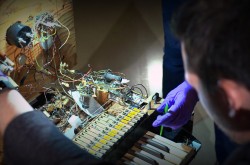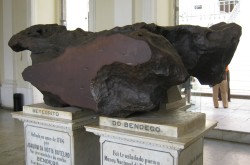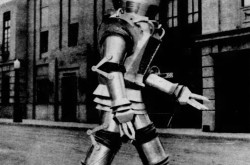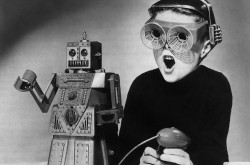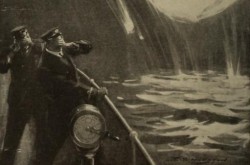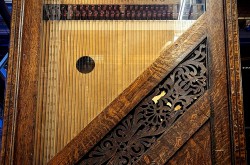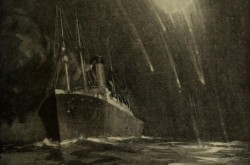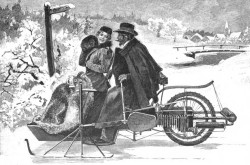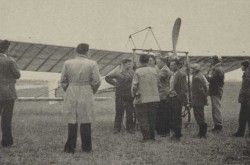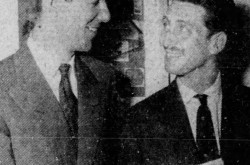Songs of the Ottawa: Using sound to interpret historical data

Data visualization techniques are commonly used by researchers to interpret and share data. If you’ve ever encountered a bar graph, pie chart, or infographic, then you’ve already observed one of the many ways that researchers use visual imagery to render complex data sets more approachable and easier to understand.
But what if instead of visuals, researchers instead used sounds to communicate information about their research data?
This is one of the guiding questions that motivated Carleton University Public History graduate student and Ingenium Garth Wilson Fellow Cristina Wood to explore data sonification — the sound equivalent to data visualization — as a means to interpret data collected as part of her MA research project on the history of the Ottawa River.
You can learn more about Cristina’s project, called “Songs of the Ottawa,” by following the link below.




